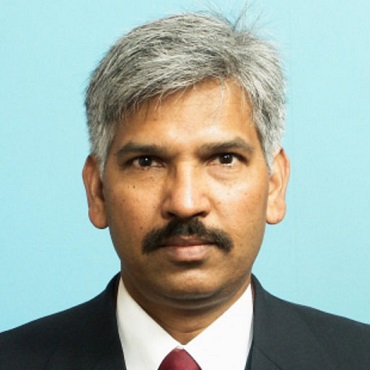Scientific Program

Brahm Pal Singh
Panasonic Corporation, Japan
Title: High power terahertz radiation emitter and terahertz imaging technology
Biography:
Dr. Brahm Pal Singh completed his Ph.D. in Quantum Electronics in 1990 from IIT Delhi, and D.Eng. in Quantum Engineering in 1996 from Nagoya University with Postdoctoral Studies at NPL New Delhi, India and AIST Tsukuba, Japan. Dr. Singh is a Research & Development Manager in Advanced Technologies Development Center, ES Company, Panasonic Corporation. He has published over 30 research papers in reputed journals and international conferences/symposiums and has been serving as a referee for the international reputed journals.
Abstract
Terahertz (THz) radiations lie in electromagnetic spectrum gap between the infra-red and the microwave frequencies from 0.10 THz to 30 THz. In last few decades, generation and detection of THz radiations has attracted considerable interest not only in technological applications for THz imaging but also as a tool to investigate fundamental properties of materials by using time domain THz spectroscopy. Other applications too include information technology, biomedical sciences, non-destructive evaluation, security, quality control of foods beverage and medicines, environment monitoring and ultrafast computing etc. Much effort has been made to increase the generated terahertz radiation power. Among various methods, generation of THz radiation with the biased photoconductive switch (PCS), play very important role owing to its simple configuration and power controllability by bias and geometrical scaling. The low temperature (LT) grown GaAs PCS is most commonly used due to its sub picosecond lifetime and high mobility. Though, the THz generation efficiency is limited by its low breakdown field of about 5 x 105 V/cm. Thus, wide band gap materials with high breakdown electric fields are attractive for high power THz radiation, e.g., GaN with breakdown voltage 3.3 x 106 V/cm having high saturation velocity 2.5 x 107 V/cm and high thermal conductivity 1.3 W/cm K. Thus we investigate the most straight forward electromagnetic radiation from a GaN based large aperture LA-PCS. A carbon doped epitaxial layer was used for active region to realize high resistivity to stand high bias voltage.
THz pulses of 93.3 pJ/pulse energy was estimated at 500 V bias on excitation with 120 fs laser pulses of 266 nm wavelength with device structure as shown in fig.1. Figure 2 depicts the experimental setup with typical THz pulses and THz spectrum generated by LA GaN-PCS and measured with TDS detection.
- Mechatronics
- System Engineering
- Microcontroller
- The Relevant Technology Applications of Mechatronics
- IOT (Internet Of Things)
- Robotics: New Approaches in Automation
- Autonomous Technology
- Machine Vision System
- Sensing and Control Systems
- Biomechatronics
- Optomechatronics
- Electrical Engineering
- Mechanical Engineering

